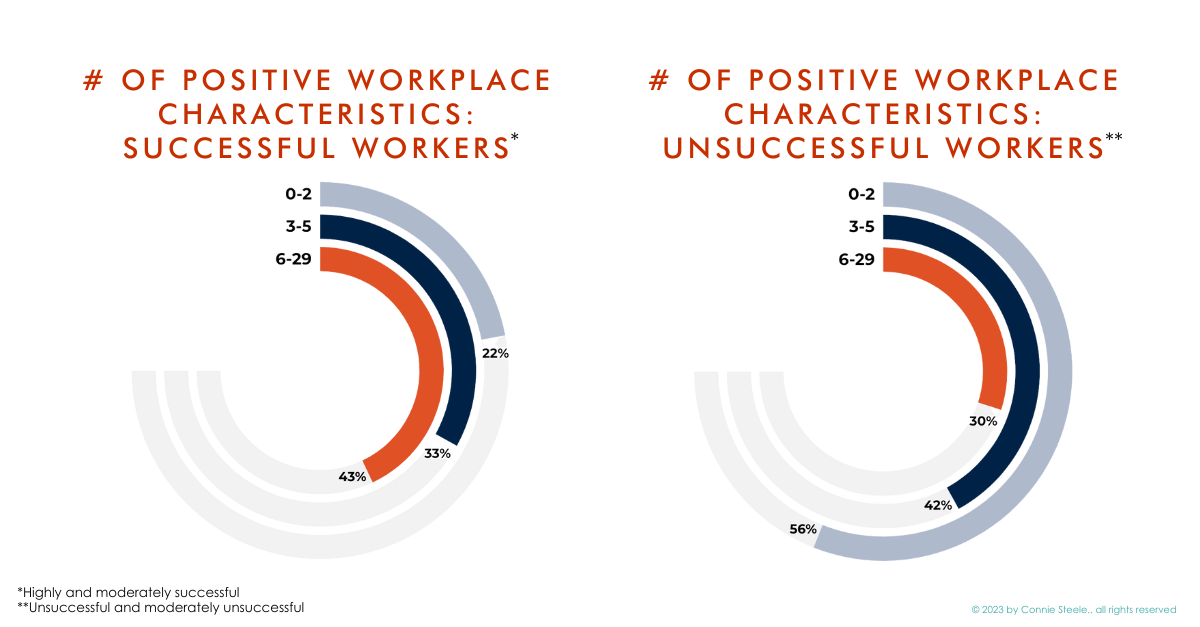How Can Organizations Set Their Teams Up for Success?
The Great Resignation, Quiet Quitting, Career Cushioning...There's been a shift in our relationship with work over the last few years and the signs are all around us. There is a collective desire to be better, to do better, and to feel better, and everyone is scrambling for the right language to better understand these phenomena.
I started the State of Work and Career Success study three years ago because I wanted to know what it takes to be successful in the new world of work. My goal is to provide insight into how U.S. workers are feeling about work and life right now, track how they are progressing over time, and offer context for why they feel this way.
Unfortunately, only about half of U.S. workers currently feel satisfied with their career progress , but we are seeing a slight improvement over time — and most importantly, we see a huge opportunity to help people feel more successful in their career and life. You can read more about the results of this year’s study at WhatWorkersWant.com.
In the survey, we also ask people what they are looking to achieve in their career and life , as well as what actions they take to achieve those goals. Overall, we see people feeling more successful at achieving several of them, such as ‘working in a field they are most passionate about’ and ‘making a difference through their work’ and even indicating that the job they are in is a better fit than what they had a year ago.
However, when we looked to understand the state of the workplace this year compared to last, there were little to no changes. And there were several characteristics we covered including ones related to process, development, training, and organizational values. While overall, most organizations are lagging in positive workplace characteristics, there is a marked difference in worker success at organizations that have a larger number of positive characteristics.
These positive characteristics include areas like clear career development plans/programs, recognition for excellent work, commitment to on-the-job training, and formal and active sponsorship programs, just to name a few.
So what does the data tell us? In part that there’s only so much individuals can do without institutional support.
Leaders and employees need to become partners invested in mutual success — because when people feel more successful, organizational outcomes also improve — but the onus is on organizational leaders to communicate this partnership. Most workers already view work and life as integrated, so setting up your employees for success requires recognizing the broader levers that influence their performance and engagement. There are various factors that drive your customers’ actions, motivations, and behaviors — and your workforce is no different.
It is imperative that leaders listen to the Voice of the Workforce if they want to nurture career success, employee engagement, and fulfillment.
You can learn more and download the full State of Work & Career Success 2023 report at WhatWorkersWant.com. And if you’re an organizational leader who’s interested in learning how you can apply this data to drive employee engagement in your organization, please don’t hesitate to reach out to me today.
This article was originally published as a column at https://www.linkedin.com/pulse/how-can-organizations-set-teams-up-success-connie-wang-steele.



